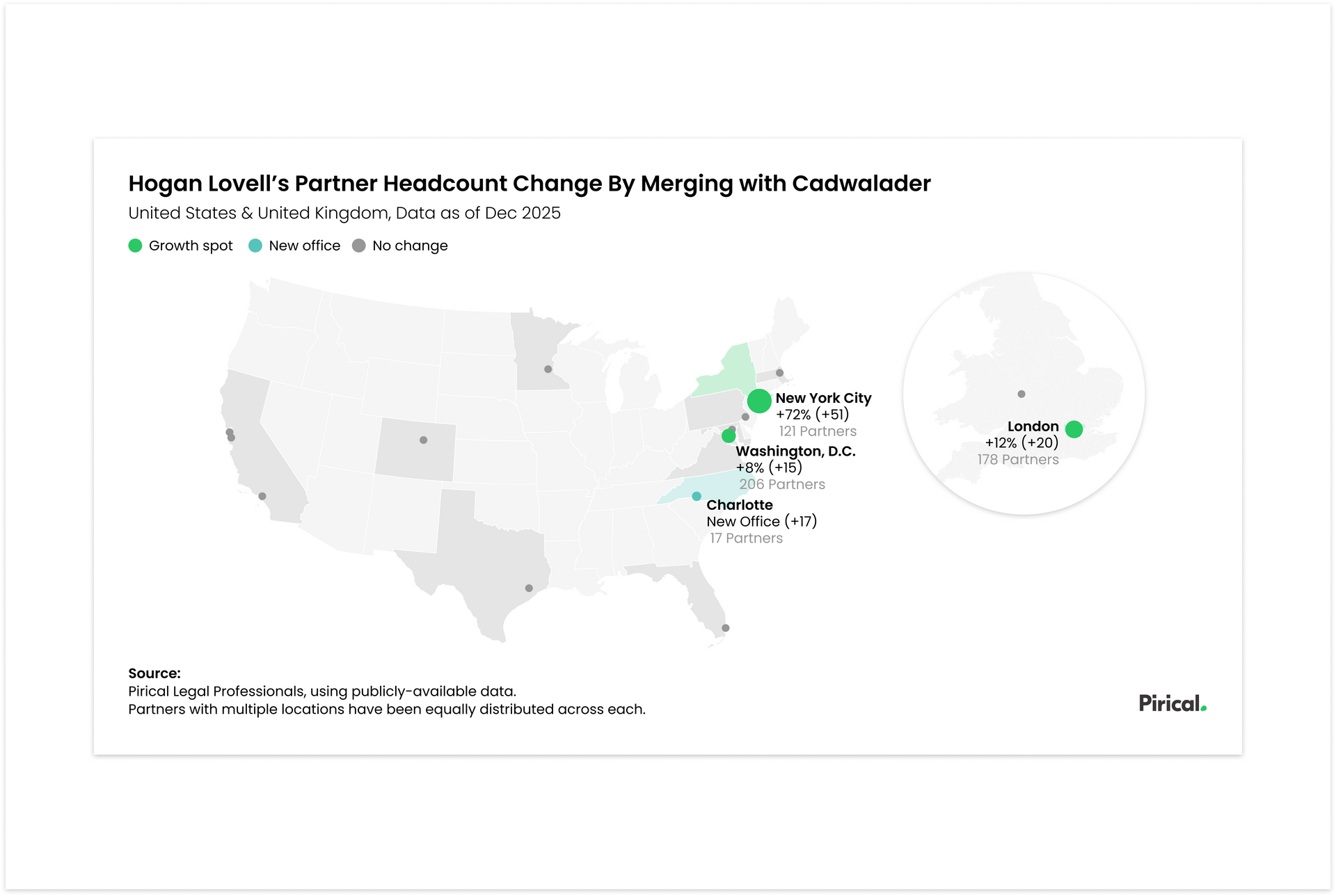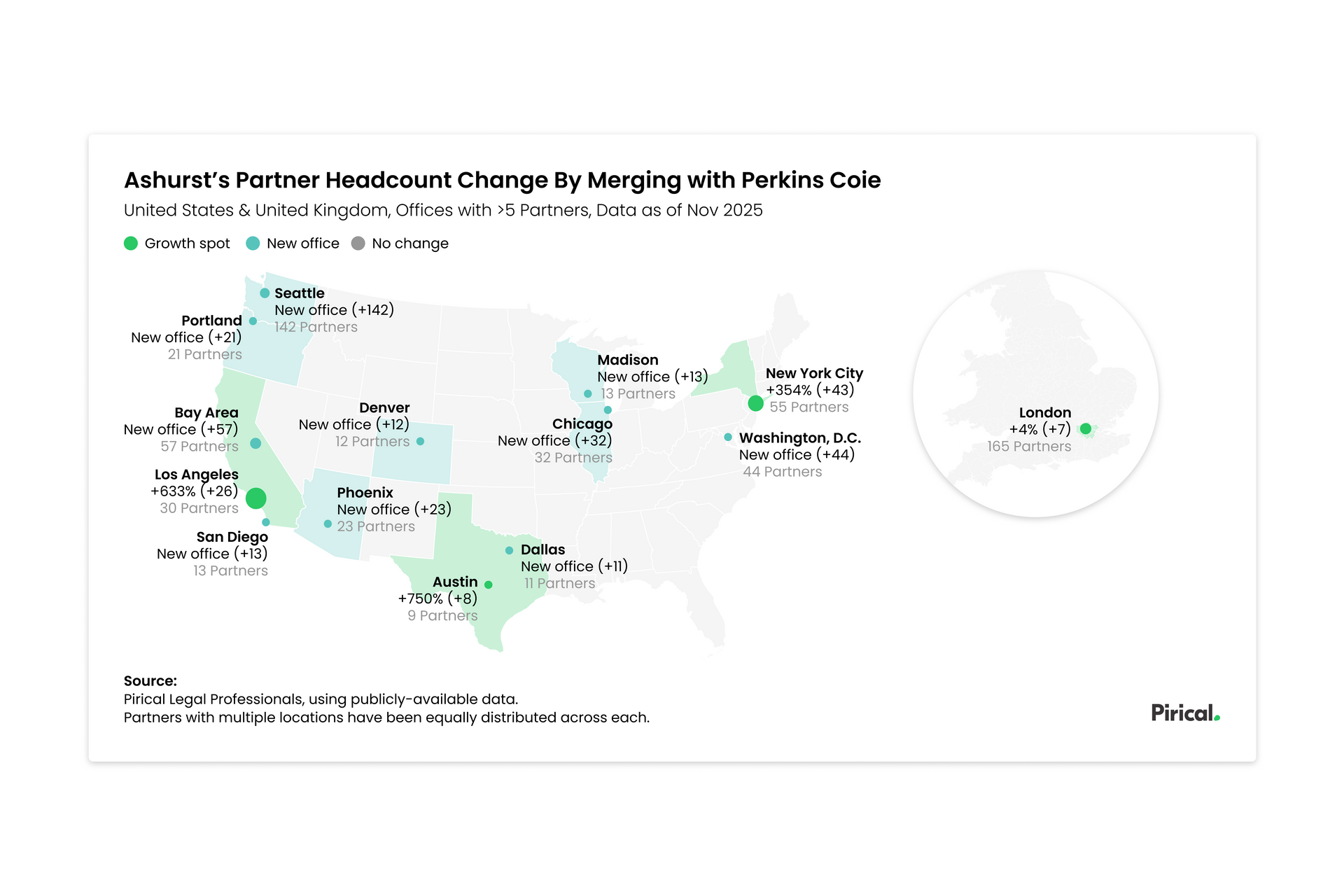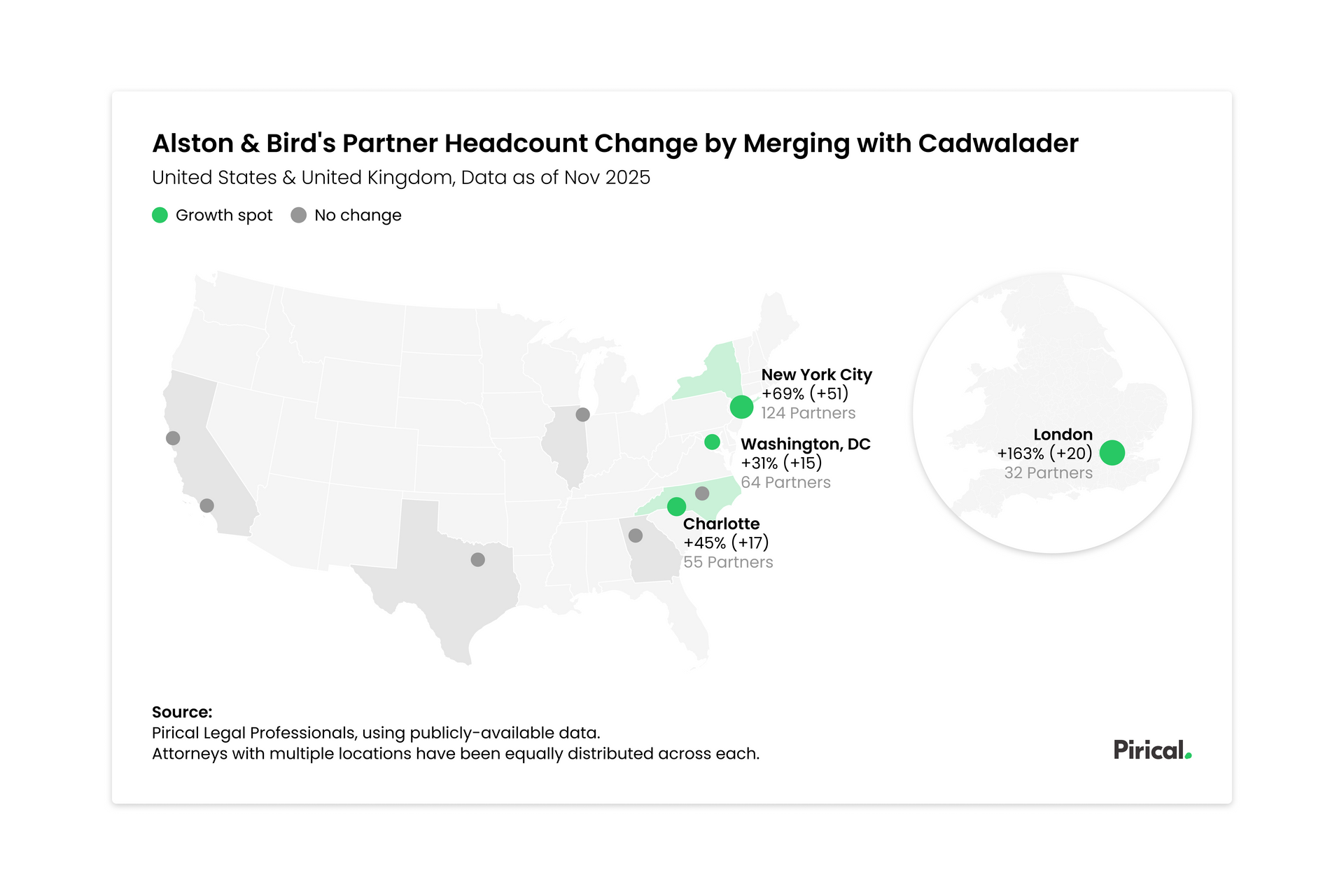Two things you can do to boost gender diversity at partner level
Fox Rodney Search is a legal search firm focusing on partner, associate and in-house moves.
Siobhán Lewington , managing director of Fox Rodney’s London office, talked to us about two key insights the firm has made from years of experience placing partners. Both of these learnings are immediately actionable for law firms who want to boost their diversity numbers.

Fox Rodney are well-known, among other things, for publishing the London Partner Moves Report , a yearly look at lateral partner moves between law firms.
As far as gender differences in lateral moves are concerned, the numbers from last year’s report are a source of joy for diversity advocates: Female lawyers are very active in lateral moves across the London legal market:
-
Women made up 27% of lateral moves among partners in 2018
-
In 2018, women made up 36% of partner hires in the LB Global Top 20 (23% in 2017) and almost half of the partner hires made by the LB (UK) Top 10 (30% in 2017).
Besides tracking the overall London market, Fox Rodney also keep a keen eye on the partner moves they themselves facilitated over the years.
Analysing the data from these moves, Siobhán and her team noticed two interesting patterns emerge that point towards differences between how the genders respond to different recruitment tactics.
Listen to the entire interview here:
1. Women respond better to targeted approaches
The percentage of female partners that were placed as a result of a retained search (i.e. a search with regards to a specific opportunity) was considerably higher among women than among men.
Put differently, female partners respond better when they are being approached about a concrete open position. It seems that they are less likely to do so at their own behest, or as a result of accidentally learning about a vacancy.
“Sometimes male partners approach us proactively. They look at their career and decide that they want to explore if there is a better platform for them,” says Siobhán. “That happens less often with female partners, in my experience. They need to be sought out and approached about a specific opportunity.”
That could be, Siobhán speculates, because women are generally happier with where they are and don’t see a need to move, and because they tend to have a greater sense of loyalty to their firms. “Female partners talk about loyalty more frequently, in my experience. They do so especially when they have taken on additional responsibilities, such as being promoted to the executive committee, or heading up graduate recruitment.”
The upshot for law firms is that they need to be proactive about diversity hiring, no matter if they are doing their own recruiting or using a headhunter. “If you want to improve your diversity scores, you need to approach female partners directly, with a concrete opportunity.'' says Siobhán.
Another learning for law firms is a lesson in retention: The more you can cultivate a sense of loyalty among your staff (e.g. via additional responsibilities they have taken on voluntarily as good firm citizens), the more likely you will be able to hold on to your female partners.
2. Female partners respond better to team moves
Team moves, the hiring of a group of lawyers, are becoming more and more popular in legal recruiting.
When analysing the data of group placements Fox Rodney made over the last few years, Siobhán noticed that there was always at least one female partner in the group. Often, there was more than one.
In an industry where only ~20% of partners are female (among larger law firms ), and an average team size of under 5 per group hire, this is unexpected, and can only be explained by a particular appeal group hires must have for female partners.
The main reason could be that group hires are less risky. The partner moves with their colleagues and junior team, after all — and so a great deal of familiarity and social infrastructure is maintained. Often, clients will follow, too. Siobhán speculates that this lower risk is appealing to women who, as many studies confirm , are, on average, not only more risk-averse than men, but also tend to receive less support when they do take risks.
Again, the upshot for law firms wanting to boost their diversity stats is: Approach female partners with the suggestion that a team hire is an option. Of course, a team hire will involve far greater effort and cost, as well as raise important questions around the partner’s fiduciary duties towards her firm. But if it is an option, a team hire has good chances for improving a gender imbalance at partner level.
Aim for at least 30% female partners on your shortlist
Finally, Siobhán recommends law firms to slightly over-represent women on their shortlists of candidates. “We aim for a 30% ratio on our shortlists,” says Siobhán. “Ideally we’d have 50%, but there simply wouldn’t be a large enough talent pool for that.”
What about all-female shortlists, as some recruiters are wont to do? Siobhán is against that, “just as I would be against all-male shortlists”. The legality of such an extreme measure is also a question.
Pushing for a greater gender balance on the shortlist can help nudge things in the right direction, especially when it encourages the recruiting law firm to be more creative and flexible in their requirements.
Conclusion and outlook
Despite Brexit, law firms’ growth — especially US firms in the UK — is accelerating, with Fox Rodney being busier than ever, as Siobhán says.
And while the influx of US firms in the London market is providing many opportunities that female partners are capitalising on, a lot remains to be done in an environment where 50% of fee-earners, but only 20-25% of partners (in the largest law firms) are female.
If gender balance is on your agenda, putting Fox Rodney’s insights into action should be as well.
Fox Rodney publish the Lateral Partner Moves Report on a yearly basis, you can contact Siobhán at slewington@foxrodney.com .
Subscribe to the latest data insights & blog updates
Fresh, original content for Law Firms and Legal Recruiters interested in data, diversity & inclusion, legal market insights, recruitment, and legal practice management.







